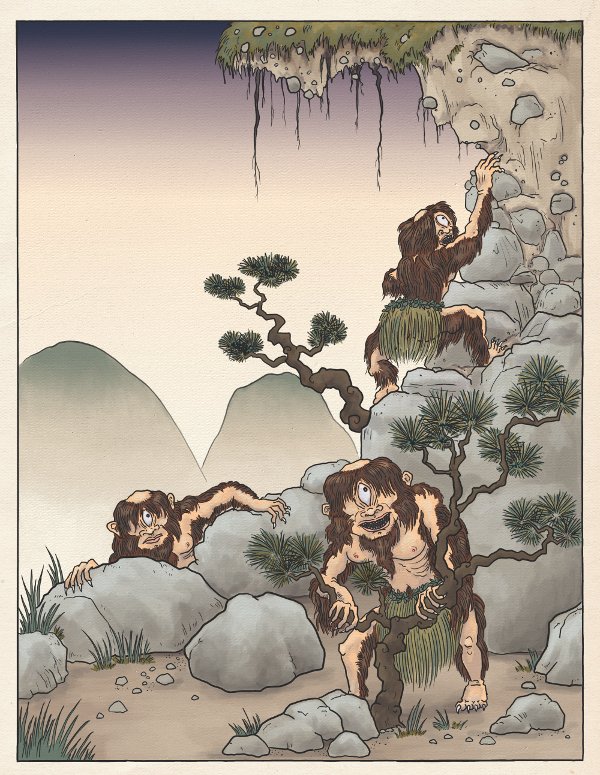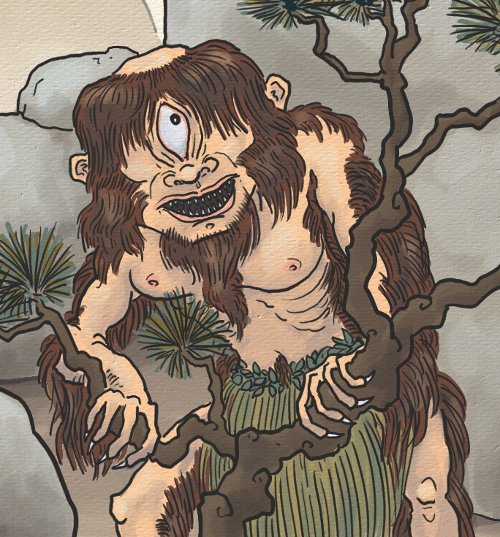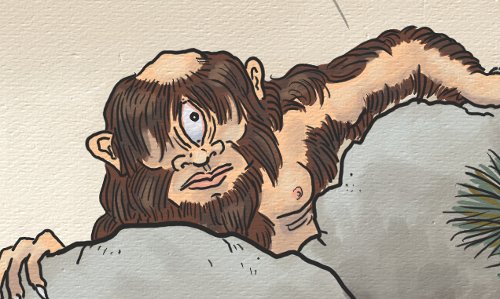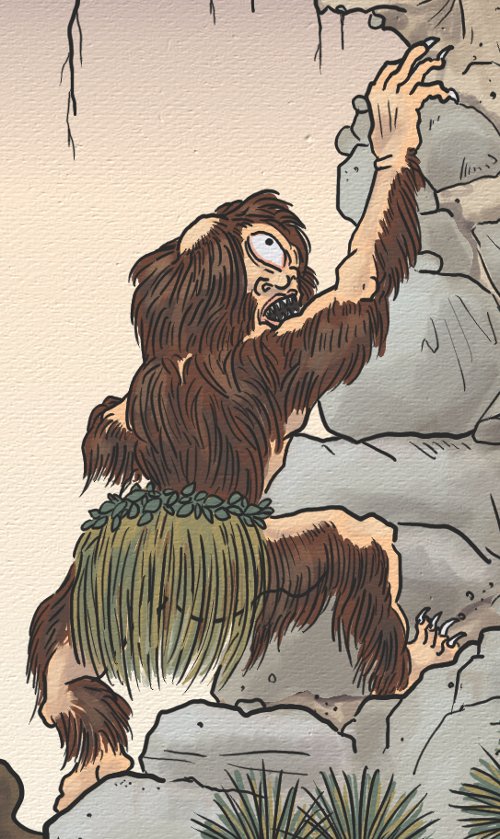While Japan has no celebration on the 4th of July, the 7th is a holiday called Tanabata. It’s not as lively as Independence Day, but it is just as beautiful. Cities put up enormous bamboo poles that reach high into the sky, and hanging from them are bright paper lanterns and streamers of all different shapes and colors. Bamboo stalks are put up everywhere, almost like Christmas trees, decorated with various papers, tinsels, and streamers. People write wishes on colored strips of paper and tie them to the trees in hopes that the wish will come true. Most wishes are for love, as the story behind Tanabata tells of two lovers separated by fate. (See my post from last year.)
Tanabata is also a great time to see people wearing summer yukatas in the hot night air, which is how I drew the yokai in today’s Night Parade preview. You may remember Kawauso from my A-Yokai-A-Day project.
Seasons play a huge role in Japanese art. Look at any collection of ukiyoe and you will find that each picture has distinct clues as to what season it takes place in. Sometimes it’s the strategic placing of a seasonal flower or a bird, in others you can tell by the activities going on, whether it is a festival, or rice planting, or harvesting. The ukiyoe masters were very clever in putting seasonal motifs into their art, and I am trying to replicate some of that in my yokai book. With 100 monsters to paint, that covers a lot of time! So you will see summer, fall, winter, and spring yokai, and the book will be organized by seasons, just as the classic woodblock printers did with their series. That should make paging through the book more interesting, as you get not only a look at various bits of folklore, but you get a seasonal tour of the country!

Kawauso

Kawauso detail 1

Kawauso detail 2















